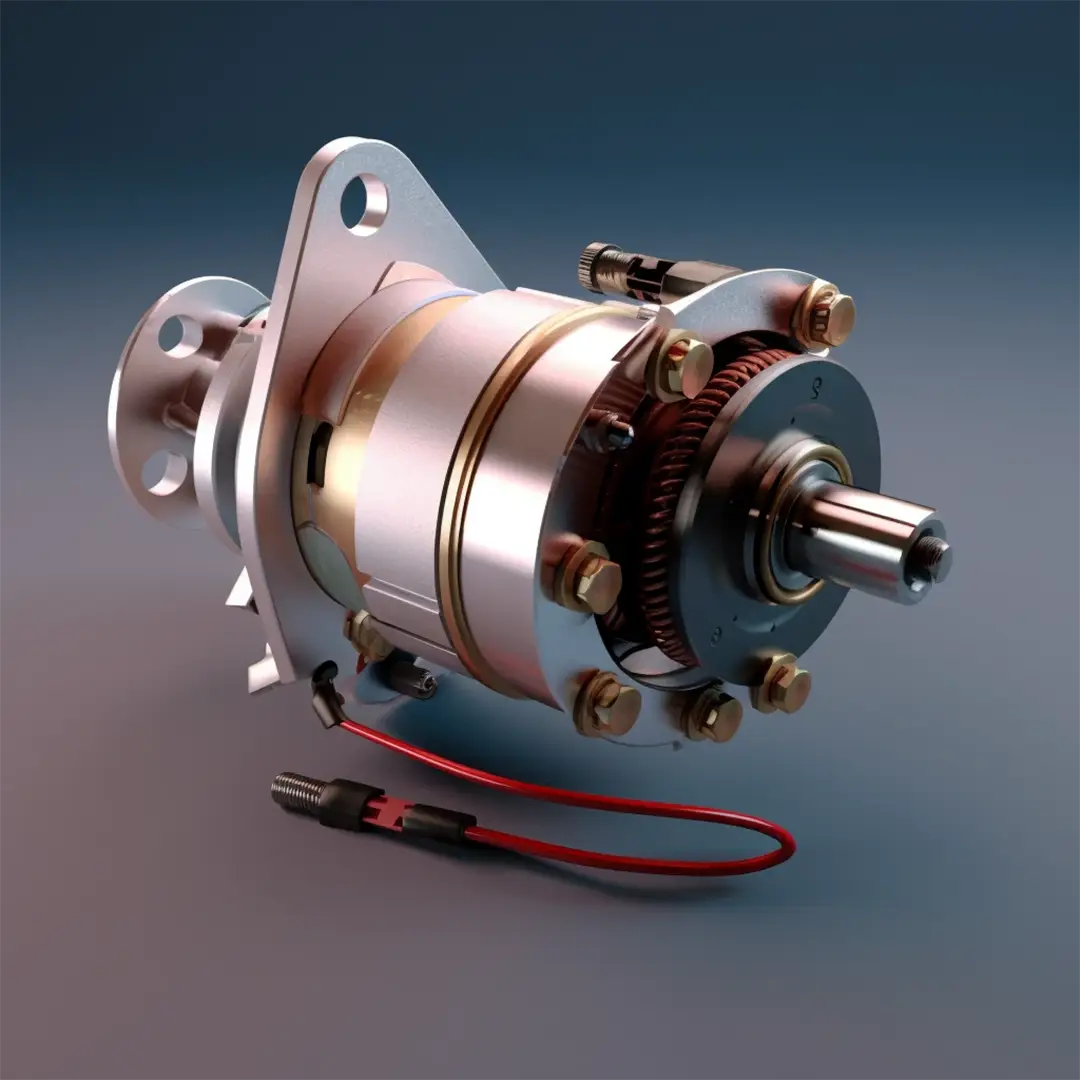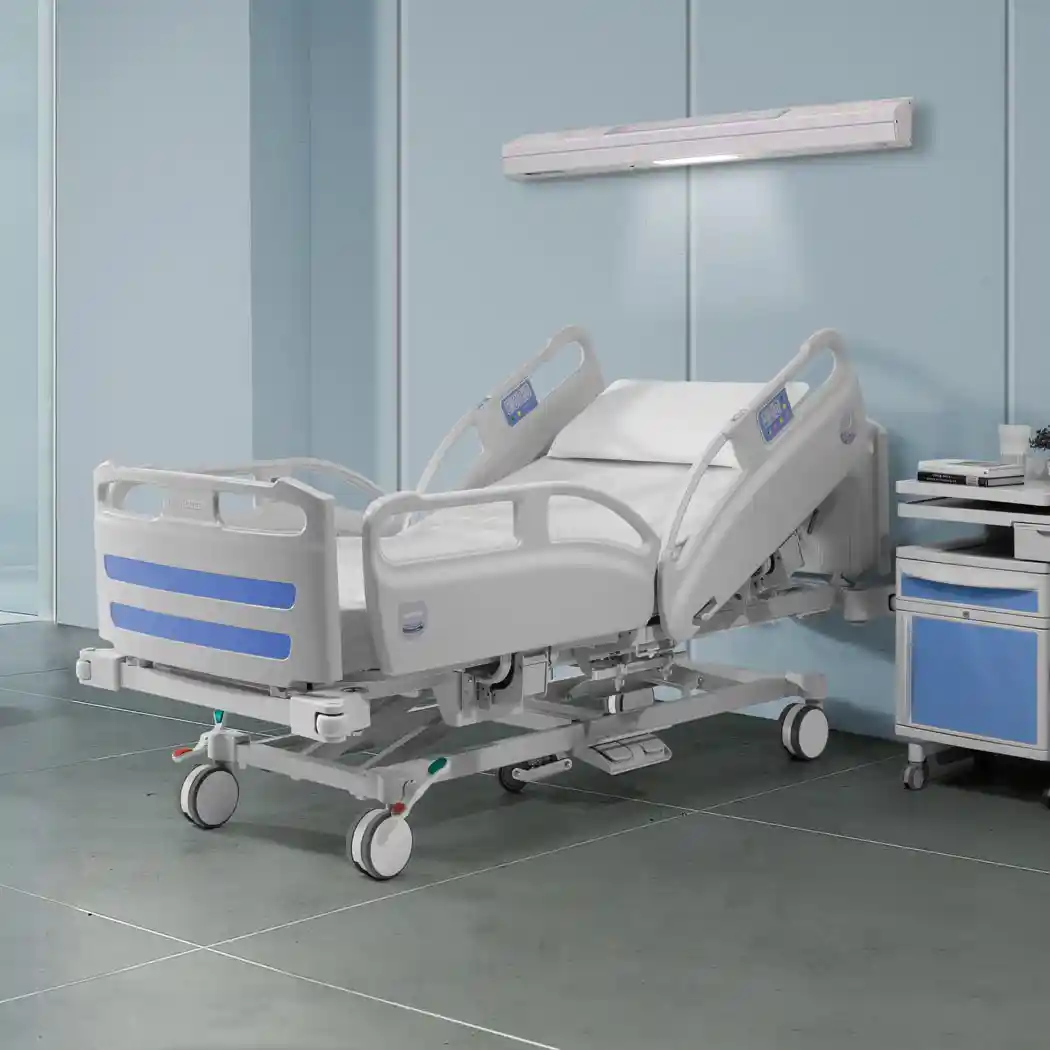- 150 million grooved pins produced per year
- Co-designers of custom fasteners for 100 years and manufacturer of standard products
- From Ø1.5 to Ø25 and from 8 mm to 100 mm
- Steel (free-cutting, heat-treatable, carbon, alloys...), stainless seel (303, 316, 420), aluminium, brass, etc.
Made to measure grooved pin, ISO 8739 - DIN 1470
Made to measure grooved pin, ISO 8739 - DIN 1470






Advantages of manufacturing with LGC Industries

- 45 Escomatic machines
- 42 grooving machines
- 8 plunge & through-feed grinding machines






Find out more about our products' technical features
Discover other products
Using grooved pins - ISO 8745 / DIN 1472
The type of grooved pin you need depends on what specific purpose it will serve.
Grooved pins can have various uses in an assembly:
- Solidity: Holding two parts together thanks to their machined grooves and the pressure they exert on the hole in which they are inserted.
- Connection & rotation: Grooved pins allow for pivot movement between two elements, like in door hinges.
- Positioning: Grooved pins enable two parts to be positioned relative to each other, in order to then add another fastener, e.g. a screw.
Based on these three functions, we can recommend the type of pin best suited to your needs.
In most cases, we would recommend using ISO 8739 / DIN 1470-standard pins to deal with solidity issues.
To ensure both parts are solidly fastened, blocking any and all degree degrees of freedom, pins with grooves along their entire length are to be used. The grooves allow the pin to fit tightly into the two parts.
Three types of pins can be used in this case:
- ISO 8739 / DIN 1470
- ISO 8740 / DIN 1473
- ISO 8744 / DIN 1471
Constant grooves, like on these ISO 8739 / DIN 1470-standard pins, allow the pin to be pre-positioned thanks to a slight bulge (a few millimetres) in its diameter. This keeps the pin in place before it is totally pressed inside.
ISO 8739 or DIN 1470 standard pins have grooves all along their length, with a pilot point, which allows them to fit snugly into the assembly.
This is what makes this grooved pin different from the ISO 8740 / DIN 1473, which have constant grooves all along their length, and are also chamfered.
These pins often include a few millimetres of bulge diameter, allowing for pre-positioning before using a press to fasten definitively.

















.svg)
.svg)